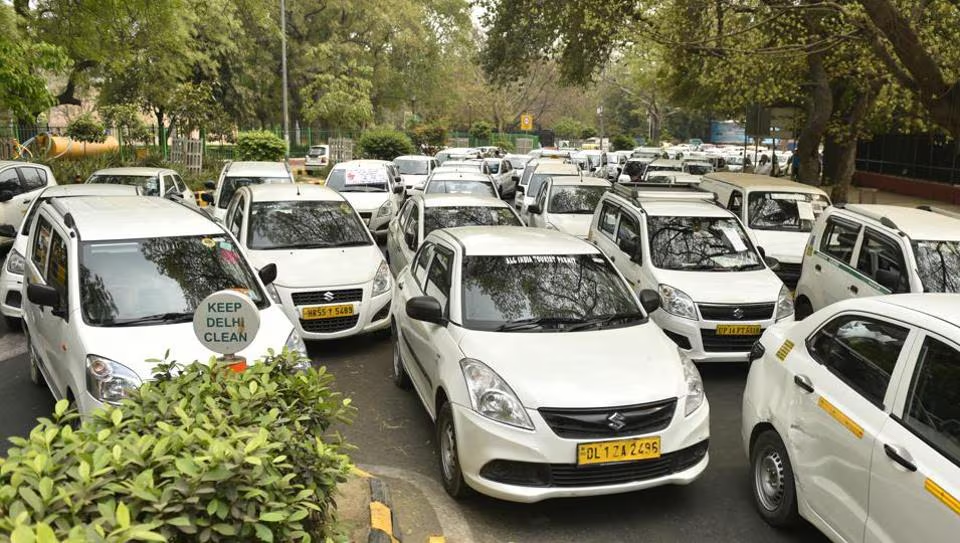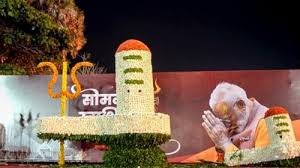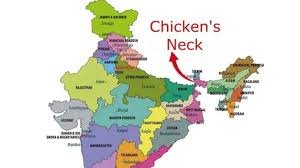The government has introduced penalties for unjustified ride cancellations and mandated ₹5 lakh passenger insurance coverage. From dynamic pricing to mandatory insurance, the new rules mark a major overhaul of how Ola, Uber, and others operate in India.
BY PC Bureau
New Delhi, July 2, 2025 —The Centre has permitted cab aggregators like Ola and Uber to charge up to twice the base fare during peak hours, revising the earlier limit of 1.5x. During non-peak hours, fares can drop to a minimum of 50% below the base fare.
In a significant move affecting millions of daily commuters, the Ministry of Road Transport and Highways has issued a fresh set of Motor Vehicle Aggregator Guidelines (MVAG) 2025, allowing ride-hailing platforms such as Ola, Uber, and others to implement more flexible fare structures and introducing new safeguards for both passengers and drivers.
Higher Dynamic Pricing Permitted
Under the revised guidelines, cab aggregators are now allowed to charge up to twice the base fare during peak hours, as opposed to the earlier cap of 1.5 times. This increase in the surge pricing cap is aimed at helping aggregators manage demand-supply imbalances more effectively during high-traffic periods.
Conversely, during non-peak or lean hours, the platforms can offer discounted fares as low as 50% of the base fare, allowing consumers to benefit from cheaper rides during off-peak times.
The base fare, as defined in the guidelines, will continue to be determined by the respective State Governments for each category or class of vehicle. This fare must cover a minimum distance of three kilometres, which accounts for so-called “dead mileage”—the distance a cab travels without a passenger while heading to the pickup location.
READ: In a Rebuff to China, Dalai Lama Says Tibet Will Choose His Successor
However, the government clarified that passengers will not be charged separately for dead mileage, except when the ride distance is less than three kilometres. In such short-distance trips, the fare may account for the added cost of reaching the pickup point. For all other trips, the fare must be calculated strictly from the point of origin to the point of drop-off.
Penalties for Unjustified Cancellations
In an effort to reduce last-minute cancellations, the new rules introduce penalties for both drivers and passengers who cancel rides without a valid or specified reason.
If a driver cancels a ride, they will be required to pay a penalty of 10% of the ride fare, capped at ₹100. The same penalty will apply to passengers who cancel rides under similar unjustified circumstances. This move is intended to encourage accountability and reduce service disruptions.
Do you also travel by Ola, Uber, or Rapido? If yes, then there’s some bad news for you. ⚠️
👉 The Modi government has allowed cab aggregators to charge double the base fare during peak hours.
👉 During non-peak hours, you will not be offered any relief in fare prices.
👉 In… pic.twitter.com/oHFILBXzOq
— Congress (@INCIndia) July 2, 2025
States Given 3-Month Timeline to Adopt Norms
The Centre has advised all state governments to adopt the revised guidelines within three months from the date of issuance. However, states are also permitted to include additional provisions in alignment with local transport conditions and regulatory needs.
READ: Trump vs. Musk: Can the President Really Deport Elon?
This framework maintains a federal approach, allowing state-specific adaptations while ensuring a national baseline of standards for aggregator operations.
Passenger Insurance Made Mandatory
In a major step toward enhancing passenger safety and accountability, the guidelines now mandate a minimum insurance cover of ₹5 lakh for every passenger using an aggregator platform. This requirement ensures financial protection in case of accidents or unforeseen incidents during the journey.
These sweeping updates are expected to reshape how cab aggregators operate in India—balancing affordability, service reliability, and safety, while providing regulatory clarity and room for innovation.













